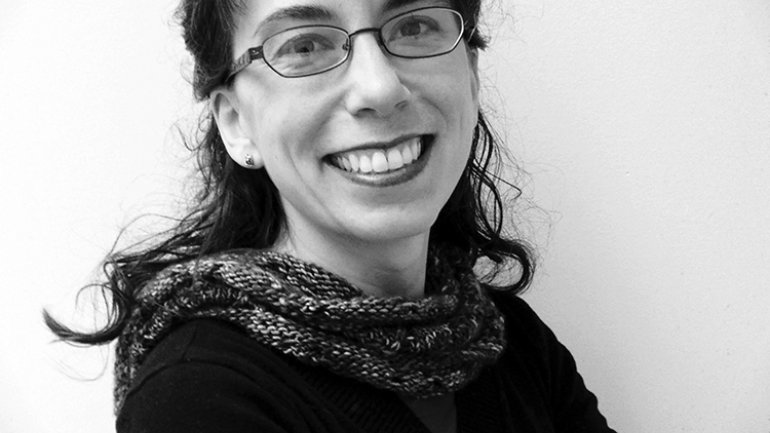What Is Your Dream Museum?
What Is Your Dream Museum?
My dream museum is welcoming and accessible to locals, tourists, students, and artists. Walking through the door transports the visitor to another time and place. A shift in sensory stimuli heightens the mind’s receptiveness to new surroundings. The unfamiliar smells, sounds, and tastes integrate with the visual arts, allowing the visitor to understand how people from another time experienced life. This total work of art expands the viewer’s mind, allowing a truer understanding of another person, themselves, and humanity in general.
~Jennifer A. Zwilling, curator and educator, Philadelphia
One dimension of the dream museum is inclusion of an informal space in which the public could interact with the museum’s professional staff at regularly scheduled, face-to-face opportunities. Instead of formal presentations, loosely written subject headlines announcing the event would allow for conversations with the professionals. We appreciators, but amateurs, would gain insight into the responsibilities and opportunities, challenges and rewards, of such professionals as curators, registrars, preparators, and other museum staff.
~Bruce Austin, professor, communications department, Rochester Institute of Technology, Rochester, NY
Whenever I need an art and culture fix, I travel north to MASS MoCA – the Massachusetts Museum of Contemporary Art. A repurposed campus of 19th-century factory buildings in the working-class town of North Adams, MASS MoCA’s space is open, sweeping, and epic in scale, allowing for exhibitions and installations that other museums couldn’t dream of. A case in point: Sol LeWitt’s “Wall Drawings,” 105 huge murals created on site, are on display until 2033. I love that MASS MoCA is a place for making art as well as seeing art.
~Kate Stiassni, art quilter, Sharon, CT
My dream museum would have endless funding. It would be a giant living art history book that spans the ages and touches on every period. Housed in a castle, the modern art wing would contrast with and complement the architecture, much like the Palace of Versailles. It would rely on actual pieces of art – and not on an abundance of interactive electronics – to educate and inspire.
~Michael Baxley, gallery manager, Red Star Studios, Kansas City, MO
Imagine a transparent museum: Viewing windows into the art storage rooms and conservation laboratory. Corridors lined with open storage cabinets, collection rooms available to the public for looking at objects up close. Research rooms filled with books and computers accessible to our visitors for study and respite. Our post-war ceramic collection has been a hands-on and open storage opportunity since 1978 – an extraordinary experience for visitors and staff.
~Kirk Delman, registrar and collections manager, Ruth Chandler Williamson Gallery, Scripps College, Claremont, CA

